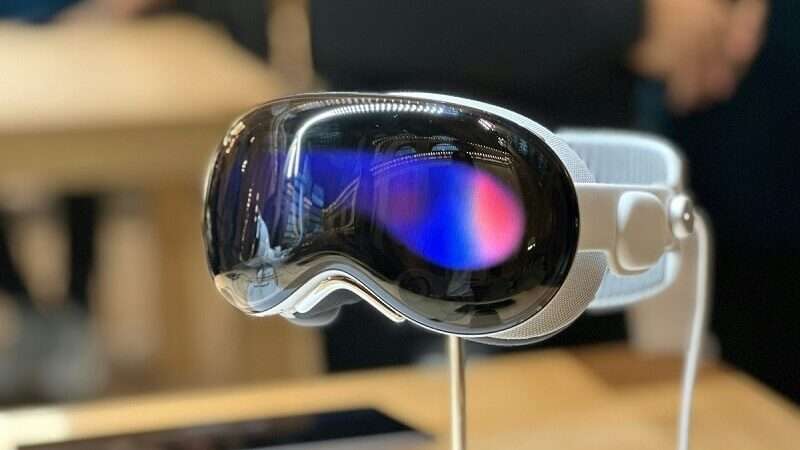The Role of Metro Turnstiles in Efficient Public Transport Systems
Metro turnstiles are a critical component of public transport systems, regulating passenger traffic flow, deterring fare evasion and preventing overcrowding. Rapid urbanization has increased the demand for efficient public transport, making metro turnstiles essential in many cities worldwide. In this article, we will discuss the role of metro turnstiles in efficient public transport systems.
Regulating Passenger Flow:
Metro turnstiles control the rate of passenger traffic flow, promoting efficient travel by reducing delays and lines. The turnstiles enforce the fare payment requirement, and passengers must have a valid ticket or card. The turnstiles help to maintain a steady stream of passengers, reducing likelihood of overcrowding and ensuring a smooth flow of traffic. The efficient movement of passengers both at entry and exit points, minimizes boarding times, resulting in increased schedule adherence and on-time performance.
Security and Access Control:
Metro turnstiles play a crucial role in controlling access to restricted areas of the station. The turnstile units provide an effective barrier that prevents unauthorized access to restricted zones and promotes the safety and security of passengers. The turnstiles can be configured to accept any type of fare media, such as contactless systems, mobile payments, or smart cards to prevent ticket fraud and fare evasion.
To ensure security, turnstile systems can be linked to visual and audio alarm systems that sound an alert if unauthorized access is attempted. In addition, some modern turnstile systems have built-in cameras that record the people passing through, corroborating event records within the transportation system.
Fare Collection:
Metro turnstiles are primarily used to enforce fare regulations, promoting efficient payment collection while reducing the likelihood of fare evasion. Passengers must pay their fares before proceeding to the platform, where the turnstiles will permit them to enter. The turnstile unit automatically reads the fare media, and if valid, unlocks after a brief delay.
Additionally, turnstile systems are integrated with Automatic Fare Collection (AFC) systems, which enables passengers to top-up their smart cards either manually or automatically, as part of the gate flipping process.
Reducing Overcrowding:
Metro turnstiles have integrated passenger counters that keep track of the number of passengers passing through. This information can be used to predict and reduce overcrowding during peak hours, reducing dwell times and enhancing passenger satisfaction.
With the increased availability of data from remote sensors and AFC, transportation operators may use occupancy data to deploy additional staff at under-appreciated and congested locations. This ensures reduced wait times and improves passenger comfort while enhancing the overall performance of the system.
Future of Metro Turnstile:
Future metro turnstiles may include an expanded set of features to satisfy evolving customer needs and preference. Additional features such as facial recognition, wearable technology, and fingerprint scanning may be integrated, enabling passengers to pass through the turnstiles more quickly and efficiently without having to remove any physical devices such as access cards, tickets or mobile phones.
Additionally, the turnstile systems may be configured to use Artificial Intelligence for predictive maintenance analysis and troubleshooting support, highlighting the sensors or field instruments that require replacement.
Conclusion:
Metro turnstiles are important components in public systems, promoting passenger security, efficient flow, and effective fare collection. Modern turnstiles, integrated with advanced technologies such as contactless fares and passenger tracking, have transformed metro systems, increasing performance, reducing wait times, and enhancing passenger comfort and security. Turnstile technology is ever-evolving, with facial recognition features, predictive maintenance, and AI support amongst the potential technologies to be integrated in future systems. Safeguarding the movement of passengers in the public space is a primary objective of metro turnstiles, ensuring the ideal platform for efficient public transportation systems.






